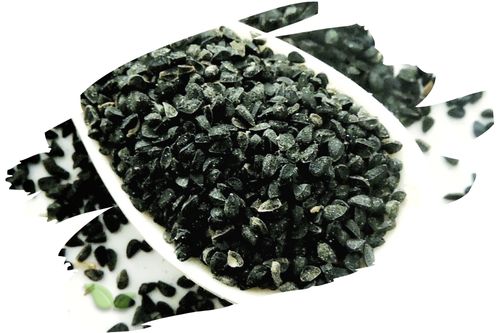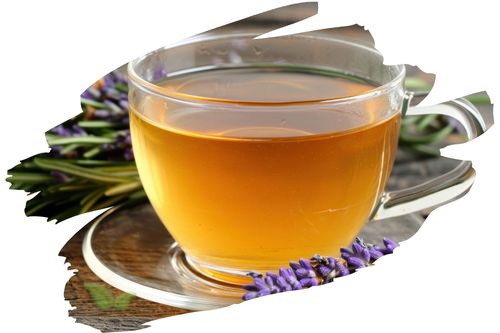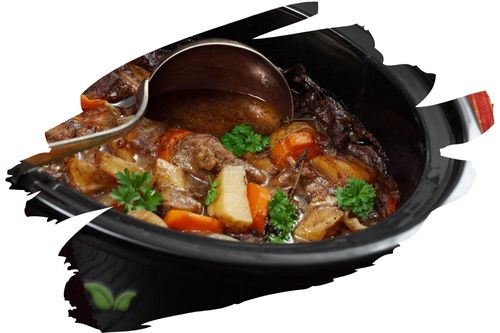
Introduction
Cream of tartar, with its tangy taste and versatile nature, has become a staple ingredient in many kitchens worldwide. But have you ever wondered how cream of tartar is produced? In this article, we will break down the production process of cream of tartar, exploring its origin, extraction, purification, and packaging stages. Get ready to unveil the secrets behind this fascinating culinary ingredient.
Stage 1: Winemaking Byproduct
Cream of tartar is a natural byproduct of winemaking. During the fermentation process of grapes, potassium bitartrate crystals form on the inside of wine barrels. These crystals, also known as argol, are composed of tartaric acid salts and impurities.
Stage 2: Harvesting the Crystals
To obtain cream of tartar, the potassium bitartrate crystals need to be harvested from the wine barrels. Once the wine has completed fermentation, the barrels are emptied, and the residual tartaric acid salts are collected. The crystals can be found as sediment or residue clinging to the barrel walls.
Stage 3: Washing and Filtration
The harvested crystals are then washed to remove impurities such as grape skins and other debris. The crystals undergo a thorough cleaning process to ensure purity. After washing, the crystals are filtered to separate them from the wash water and further remove any remaining impurities.
Stage 4: Purification
To achieve a high-quality cream of tartar, the filtered crystals undergo a purification process. This typically involves dissolving the crystals in hot water and then subjecting the solution to further filtration to remove any remaining solid particles. The resulting liquid is then cooled, allowing the cream of tartar to crystallize.
Stage 5: Drying and Grinding
Once the cream of tartar crystals have formed, they are carefully separated from the liquid and subjected to drying. The crystals are spread out and dried either through natural evaporation or with the aid of low-temperature heating methods. This drying process removes any remaining moisture and ensures that the cream of tartar is in a fine, powdered form.
After drying, the cream of tartar crystals are finely ground into a smooth, white powder. This grinding process creates the familiar texture of cream of tartar and increases its usability in various culinary applications.
Stage 6: Packaging
The final stage of the production process involves packaging the cream of tartar powder. It is carefully measured, weighed, and sealed in appropriate containers, ranging from small sachets to larger jars or bags. The packaging ensures the preservation of the cream of tartar's freshness, quality, and potency.
Frequently Asked Questions (FAQs)
Q: Is cream of tartar the same as tartar sauce?
No, cream of tartar and tartar sauce are two different things. Cream of tartar is a powdery substance used in cooking, while tartar sauce is a condiment typically made with mayonnaise, pickles, and other ingredients.
Q: Is cream of tartar gluten-free?
Yes, cream of tartar is gluten-free as it is derived from grapes, not grains. It is safe for individuals with gluten sensitivities or celiac disease.
Q: Can cream of tartar be used in savory dishes?
While cream of tartar is more commonly used in sweet recipes, it can also be used in savory dishes. It can help stabilize whipped cream toppings for savory soups or enhance the texture of certain sauces.
Q: How long can cream of tartar be stored?
Cream of tartar should be stored in an airtight container in a cool, dry place. When properly stored, it can maintain its potency for an extended period.
Q: Can I substitute cream of tartar with other ingredients?
In some cases, lemon juice or vinegar can be used as substitutes for cream of tartar. However, the acidic strength may differ, so adjustments in quantity may be necessary. Cream of tartar offers unique properties that may not be replicated by other ingredients.
Conclusion
The production process of cream of tartar takes us on a journey from winemaking byproduct to the fine, white powder used in countless recipes. From harvesting the potassium bitartrate crystals to washing, purifying, drying, and packaging, each step contributes to creating the versatile culinary ingredient we know as cream of tartar. By understanding the production process, we can appreciate the effort and craftsmanship involved in bringing this remarkable ingredient to our kitchen shelves.
Alert: While spices can have many beneficial properties for health, using them for medical purposes should be done under the guidance and supervision of a healthcare professional or specialist. Some spices may interact with medications or cause adverse reactions in certain individuals, and it is important to use them safely and appropriately. If you are considering using spices for a medical condition, it is important to consult with a healthcare professional before doing so.




















































